It’s tough being a monster catcher game like Monster Crown. No matter what, they always have a hard time breaking out of their venerable grandpappies’ shadows. Pokemon and Digimon might not have been the first to lay the groundwork for the genre, but they were the first to go mainstream and, so, they stuck in the public consciousness.
Comparing new games in the genre to the likes of Pokemon might make them automatically seem derivative, but it’s a comparison I’m sticking with for Monster Crown. And for good reason.
Monster Crown is Pokemon’s (and even Digimon’s) Stardew Valley, being created very obviously with these inspirations in mind, while building on those foundations — fulfilling them, you might even say — and turning it into a completely new and totally engrossing creation.
This seems familiar…
Monster Crown opens with a brief explanation of how the game world works, courtesy of good ol’ dad. This world is inhabited by people and monsters. But the only reason they work alongside each other is because certain people called Tamers bargain with monsters using a mystical contract.
Otherwise, said monsters would probably just eat everyone and move on. That’s not something you’d expect Professor Oak to say, despite the inherent dangers associated with almost every Pokemon in existence.
You get a glimpse of how these contracts work right away, since your character’s home is a farm run partly by monsters. Is it happy work? Are you the bad guy for enslaving these creatures? Or is it just grudging mutual understanding and the monsters secretly still want to kill you?
That kind of ambiguous tension between humans and monsters permeates Monster Crown. This is their world you just happen to have a foothold in, and the entire game (so far, at least) stems from that important premise.
And it’s impressive from the start not just because it’s edgy and dark. It actually shows you a world built on a relationship, however sour it may be, between humans and these critters — all without making you watch 986 series of an anime to see it in action because the games talk about it and won’t show it.
So with that juicy introduction to Monster Crown’s character out of the way, including a mock battle where your mom completely wipes the floor with you, it’s time to head out on an adventure. You’re a talented Tamer, because of course you are. But your goal is actually just paying tribute to the nearest king. Best to keep these ruler types on your good side, dad says.
The Humanism Kingdom is a ways away, which is good because it’s a chance to soak in Monster Crown’s gorgeous pixel work. It’s hard to think of a game outside Shovel Knight that takes pixel aesthetic and uses it so well without just seeming like an obvious attempt to re-create the golden years.
Even outside their rolling waves of pixel grass, Monster Crown’s environments are a high point in and of themselves, though at a slight cost. On your way to the first town, you learn of two mega monsters blocking your way. They’re almost like forces of nature, unpredictable and obstructive, but technically just doing their thing. It makes the world of Monster Crown feel alive and lends these monsters a nice extra touch of both character and menace.
In its current state, Monster Crown’s routes, caves, and paths do feel a bit empty, though. You don’t run into too many people. That’s understandable, given the nature of the world. But it makes the trek from point to point feel lonely and like you’re just being shunted along to the next point. Environments being rather large and empty doesn’t help offset this feeling either.
The same duality applies to the story so far. Monster Crown is definitely the story-based monster catcher it’s billed as. That story gets split between a number of worldbuilding vignettes in towns and important places and the overall story surrounding a very interesting villain named Beth.
But it also feels a bit… rushed? One early example has a very dramatic event occurring in your first town, that you’re about 75% responsible for. You get a couple of sentences about the town’s current state before the event, and after the climax, that’s it. Back to business folks.
Beth’s first big moment feels a tad rushed as well, like it might have more impact if you had the chance to learn more about the world’s politics and important people at that point.
Preach it, brother
Still, I guess it’s a good thing Monster Crown’s story tantalizes me and leaves me wanting more, and hopefully, it gets fleshed out between now and its final launch. It’s also one of the only monster catchers not called Shin Megami Tensei where you’re treated to a proper story, which is a bonus on its own.
But, of course, Monster Crown’s real stars are the monsters themselves, and they and the systems around them are pretty excellent thus far. Monsters get divided into five different types, with the usual rock-paper-scissors chain of weakness and resistance.
What makes Monster Crown’s system stand out is how soon you absolutely need to master it. Where your Rookie Digimon and hordes of Pidgey and Rattata mostly know moves related to their types, Monster Crown’s monsters usually have at least two moves of different types, making them an immediate threat.
Or if they don’t, they excel at their own type and force you to raise a good monster with a type resistance if you want to progress.
All the monster designs are fantastic too. These aren’t mascots like Agumon or cuties like Pikachu. These are monsters. And they look like it, which has the smart effect of making you feel a bit less attached to them — almost like they’re just convenient tools you formed a contract with…
Battle has the usual turn-based flow, where you attack, they attack, and speed determines who might go first. The Synergy system adds a nifty twist to the formula, and its meter builds every time you swap a monster out from battle, assuming the one you switch in doesn’t get knocked out (or whatever it is that happens to a defeated monster in Monster Crown).
Each full stage on the meter powers up your moves and has some extra effect, like granting a bonus type. It’s absolutely essential for some battles and adds extra purpose to the common Pokemon strategy of switching in and out.
I haven’t had a chance to dig into Monster Crown’s signature monster breeding very much. It’s set up like a cross between Pokemon breeding, digivolution, and demon/persona fusion, where you can engineer brand-new monsters with a totally unique stat and moveset. After learning how battles and moves work, I can’t wait to get into it more.
And of course, Monster Crown has the usual set of things common to early access games. Text spacing is variable, the map could/should be more detailed, and the day/night system moves blisteringly fast without seeming to affect anything. Weather is a bit iffy, too. In one scenario that felt a bit too realistic, a narrow rectangle of rain followed me around, while everywhere else was bright and sunny.
I’m not worried about these things, though. Or about most of Monster Crown. Its monstrous inhabitants — and their lovingly crafted backstories — are excellent, while the battle system is simple but addictive. The story is promising, even while it could use a bit more detail. And it’s a world full of unique personality and atmosphere that just begs you to keep peeling back its secrets.
In short, Monster Crown is taking the best of the monster-catching genre and spinning it together into something that’s part homage, part brand-new creation, and totally compelling.
[Note: An early access copy of Monster Crown was provided by SOEDESCO for the purpose of this early access impressions article.]

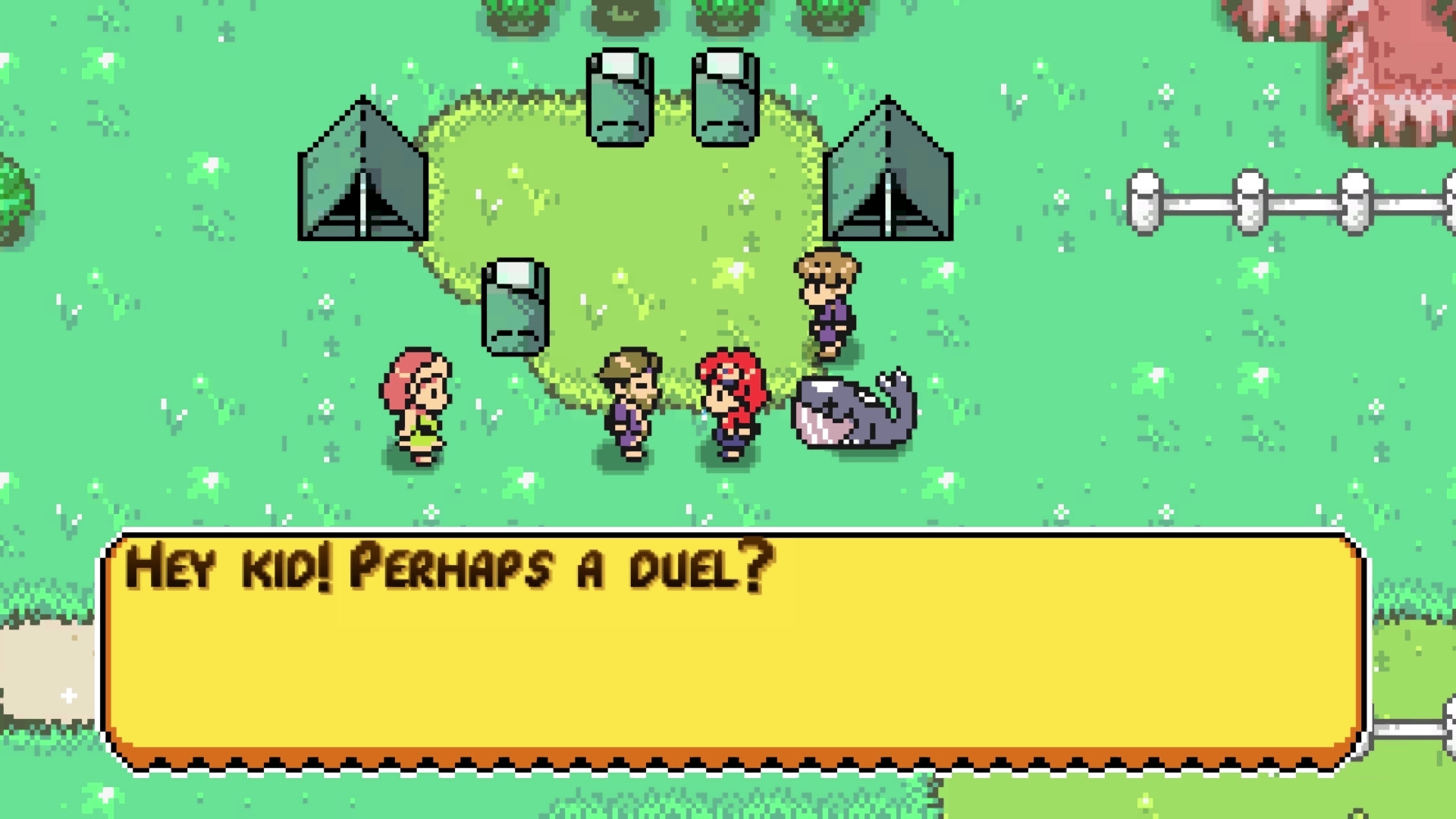

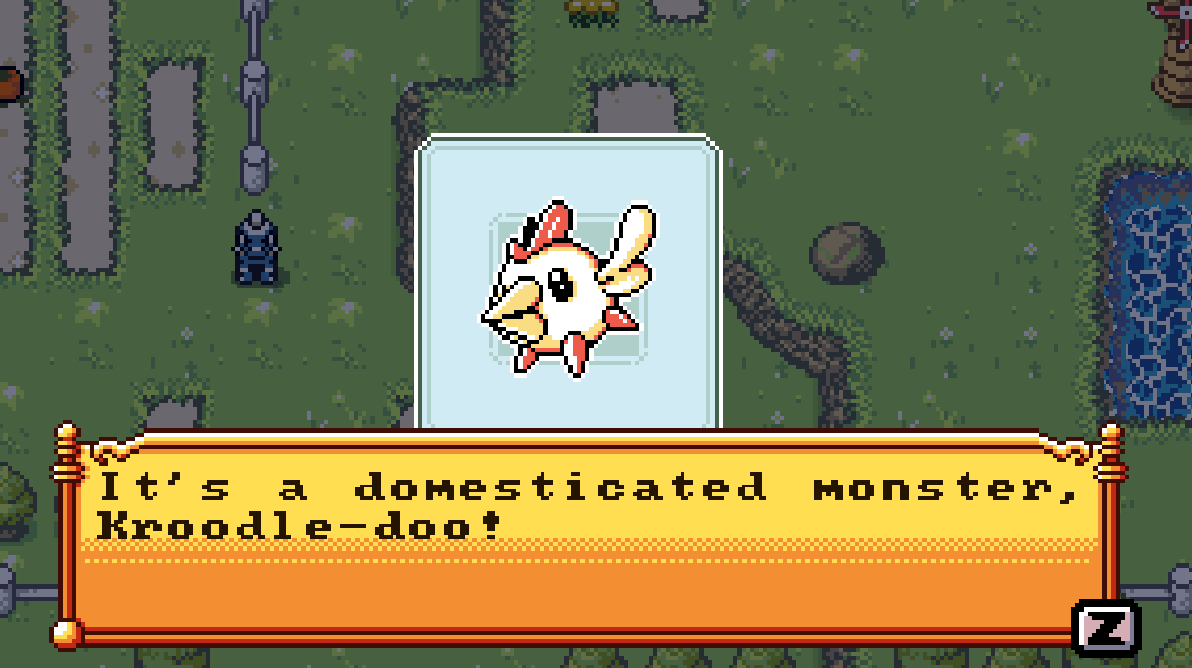
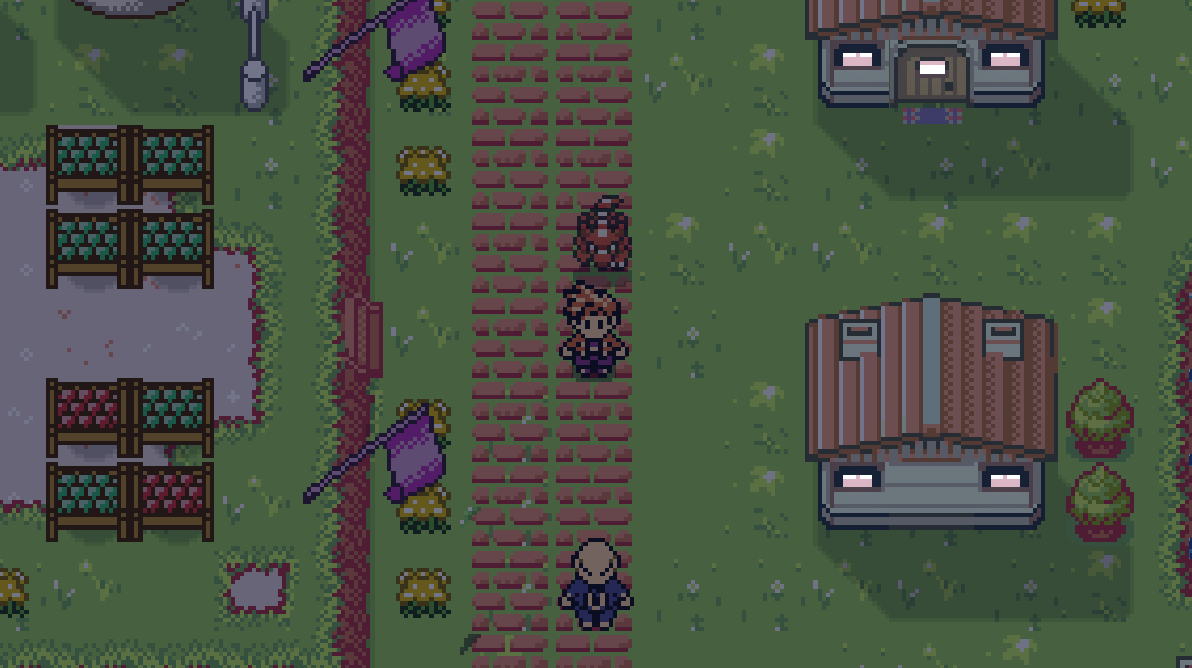
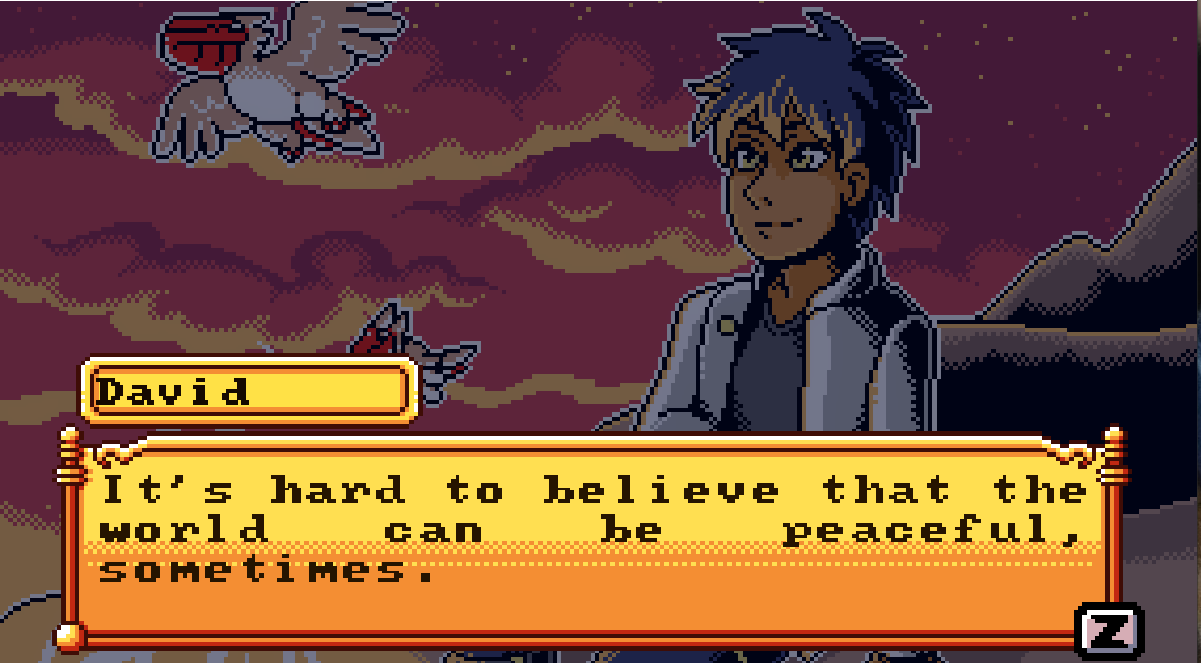
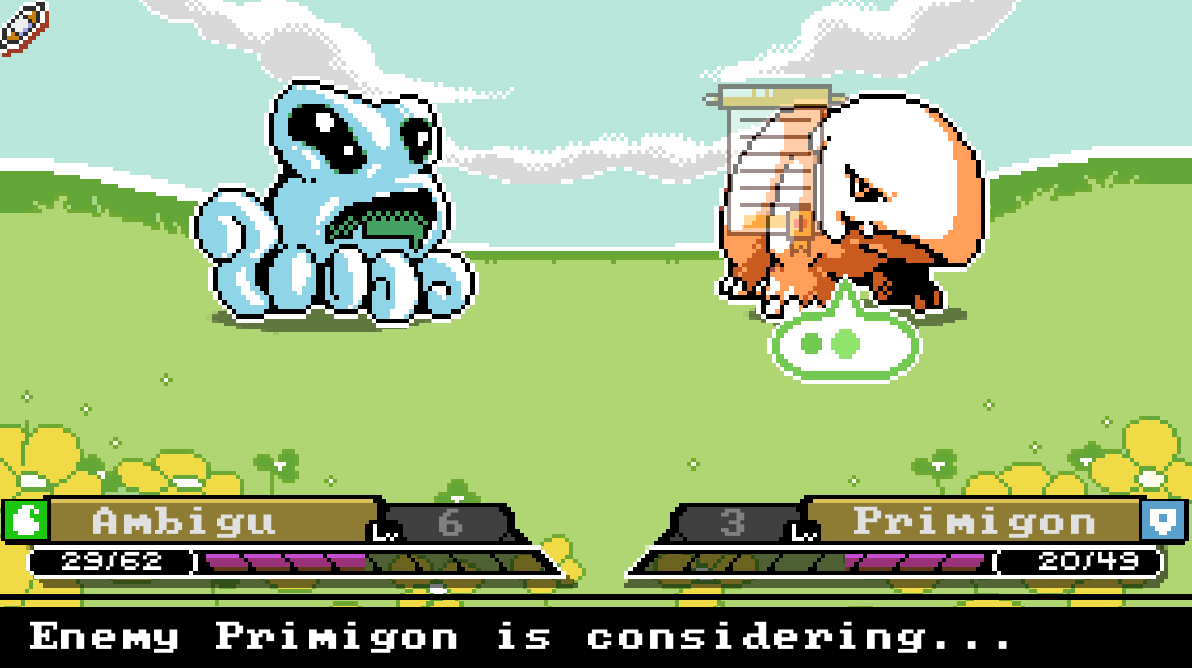





Published: Jul 31, 2020 03:54 pm